MDF Questions
TylerMD
10 years ago
Related Stories
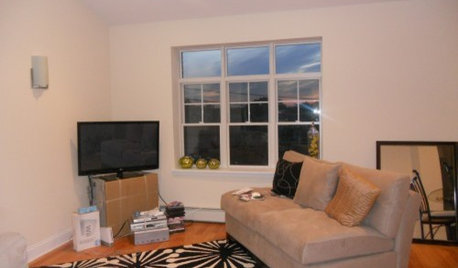
5 Questions for Design Stars
Houzz Members Need Your Help With This Week's Design Dilemmas!
Full Story0
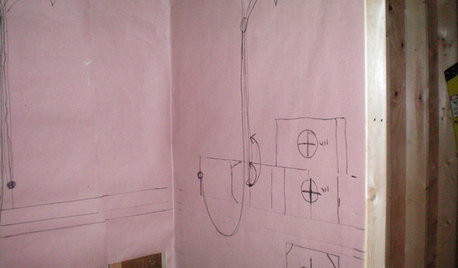
REMODELING GUIDESMust-See Mock-ups for Your Remodel
Avoid 'oops' and 'oh, no' with real-life tryouts of any design elements in question
Full Story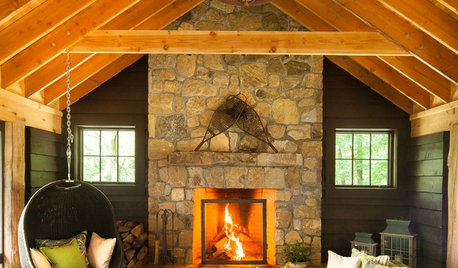
HOUZZ TOURSHouzz Tour: Laid-Back Comfort in the New York Woods
Expanded for a family, this unpretentious cabin puts a fresh face on rustic sensibility
Full Story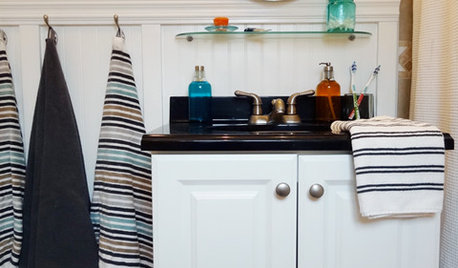
WALL TREATMENTSBeadboard Panels Offer a Shortcut to a Classic Style
Traditional touch: Change up plain bathroom walls with beaded hardwood planks and trim you can install yourself
Full Story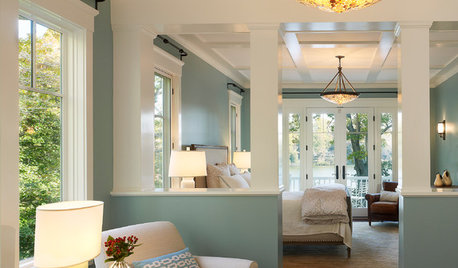
MOST POPULARThe 25 Most Popular Photos Added to Houzz in 2013
See the newly uploaded images of kitchens, bathrooms, bedrooms and more that Houzz users really fell for this year
Full Story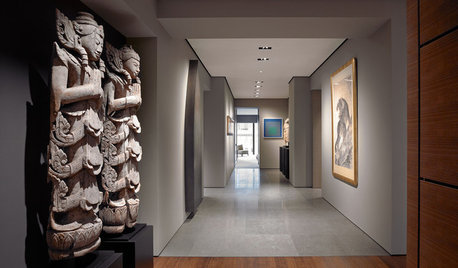
DESIGN DETAILSDesign Workshop: The Modern Wall Base, 4 Ways
Do you really need baseboards? Contemporary design provides minimalist alternatives to the common intersection of floor and wall
Full Story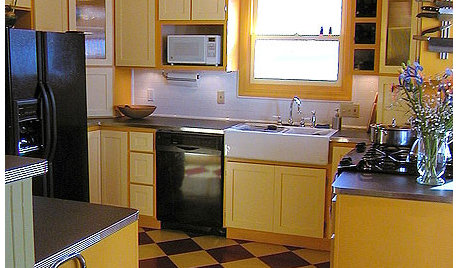
KITCHEN DESIGNKitchen Remodel Costs: 3 Budgets, 3 Kitchens
What you can expect from a kitchen remodel with a budget from $20,000 to $100,000
Full Story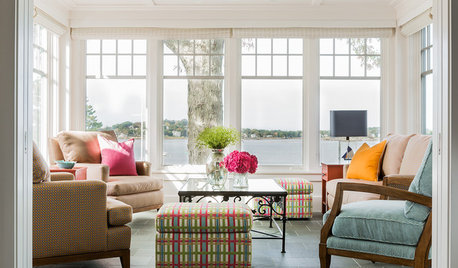
MOST POPULARDecorating 101: How Much Is This Going to Cost Me?
Learn what you might spend on DIY decorating, plus where it’s good to splurge or scrimp
Full Story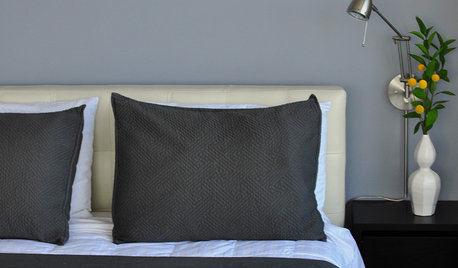
MOST POPULAR50 Shades of Gray
Gray is hotter than ever, thanks to a hit novel full of risks and dark secrets. Tell us: Which paint shade possesses you?
Full Story





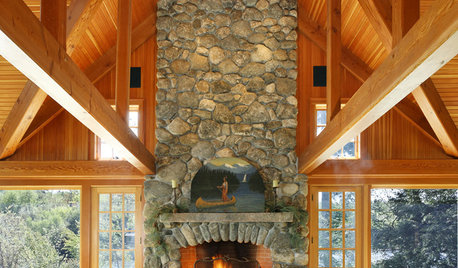



mike_kaiser_gw
TylerMDOriginal Author
Related Professionals
Alton Cabinets & Cabinetry · Black Forest Cabinets & Cabinetry · Kentwood Cabinets & Cabinetry · Prospect Heights Cabinets & Cabinetry · King of Prussia Carpenters · Mission Viejo Carpenters · Poway Carpenters · Canton Flooring Contractors · Chelsea Flooring Contractors · Swampscott Flooring Contractors · Waterbury Flooring Contractors · Englewood Furniture & Accessories · Milwaukee Furniture & Accessories · Scottsdale Furniture & Accessories · Indian Creek Furniture & AccessoriesCabinetHardwareEtc